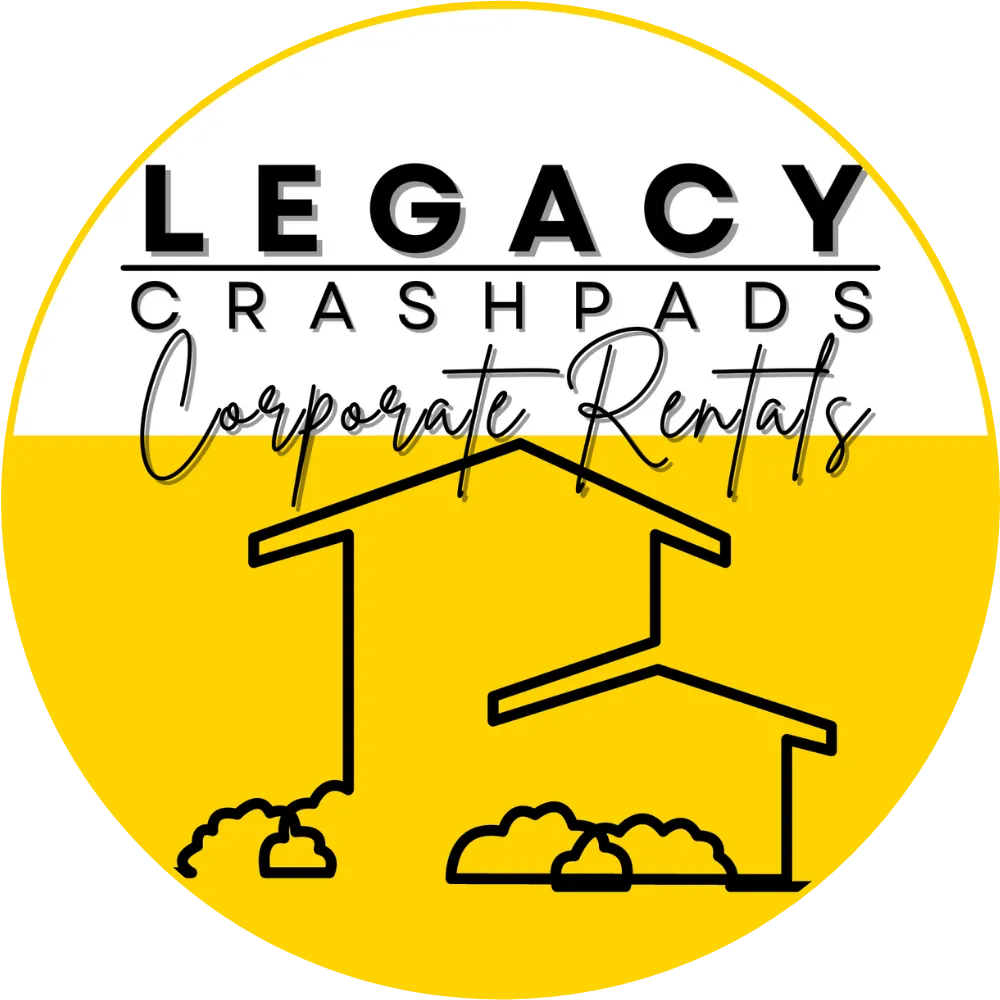
Co-Living in San Antonio: How to Do It Right for Workers and Families
Co-living can be a lifeline when rent outpaces wages. Done well, it creates stable, private bedrooms with shared kitchens and laundry at a price most working people can handle. Done poorly, it slides into crowded, chaotic group living. Here is a practical guide for residents and operators who want co-living that is humane, compliant, and squarely mid term.
What co-living is and is not
A real home with private rooms and shared common areas.
Month-to-month or fixed 3 to 12 month terms with written agreements.
Utilities and Wi-Fi included, predictable and posted.
Not nightly, not party housing, not packed bunk rooms.

Who it serves best
Healthcare staff, teachers, service workers, and students on fixed schedules.
Families doing a temporary split to save for a lease.
People relocating to San Antonio who need a 3 to 6 month runway.
Residents leaving treatment or shelters who do not need clinical care but do need structure.
Pricing the right way
Start with a realistic target: 25 to 35 percent of a typical monthly take-home for your audience.
Post a single monthly price that includes utilities, wifi, and cleaning of common areas.
Keep deposits reasonable. Half a month to one month.
Offer a small discount for 6 or 12 month commitments.
Never charge hotel-style fees or weekly “gotchas.”
House setup that keeps the peace
Lockable bedroom doors with closers.
One full bathroom per 3 to 4 residents.
Two full-size fridges in larger houses. Clear shelf labels.
Good lighting, mattress protectors, blackout curtains, and a real desk per room.
Weekly cleaning of kitchen and baths. Chore chart for the rest.
Laundry on site or an easy walk. Post quiet hours.
Agreements that protect everyone
Written lease or rooming agreement with term, total move-in, included utilities, house rules, guest policy, parking, and maintenance requests.
Clear refund and damages language.
Photo documentation at move-in and move-out.
Early exit option with a simple buyout or replacement policy.
A “good neighbor” addendum with noise, trash, and smoking rules.
Screening that is firm and fair
Application with ID, income or offer letter, references.
Behavior-based criteria. Look for fit with shared living, not perfection.
Transparent criteria up front. No surprise denials.
Reasonable accommodations process for disabilities. Keep it in writing.
Safety and compliance checklist
Working smoke detectors and carbon monoxide alarms.
Two ways out of each sleeping room.
Fire extinguisher in kitchen. First aid kit posted.
Clear occupancy posted by room and whole house.
Simple incident log.
No medical services on site unless licensed and zoned for it.
Respect fair housing rules. Train whoever shows units.
Neighbor relations that actually work
Introduce yourself to immediate neighbors with a phone number for the house lead.
Set parking rules. Enforce them.
Yard tidy, trash on time, porch lights in working order.
Quarterly block clean-up or simple cookies-and-hellos. Low drama, high goodwill.
A healthy weekly rhythm for residents
Sunday: short house meeting. Calendar, issues, wins.
Midweek: common area tidy and fridge reset.
Payday plan: automatic savings, rent set-aside, and a quick budget check.
Optional community night. Movies, board games, or a shared meal.
Tech stack that keeps it simple
Online applications and e-sign.
Rent collection through a native ACH tool.
Shared calendar for chores and trash days.
Maintenance form that feeds an email and a tracker.
Wifi that can actually handle multiple streams.
Metrics operators should track
Average length of stay.
On-time payment rate.
Incident count per 30 days.
Maintenance response time.
Resident satisfaction pulse every quarter.
Move-out destinations. The goal is stable exits, not churn.
Red flags to avoid
Cash only and no receipts.
More than two people per bedroom.
“Bring a mattress” move-ins.
House rules that change weekly.
Nightly or weekend listings that smell like a hotel.
Zero cleaning plan for common areas.
For families considering co-living
Tour at dinner time to see real kitchen use.
Ask to read the actual rules before you pay anything.
Check bathroom ratio and laundry access.
Look for labeled shelves and a posted chore plan.
Trust the vibe. Respect and order show up fast, or they do not.
Sample house rules you can copy
Quiet hours 10 p.m. to 7 a.m.
Guests registered, day visits only unless approved in writing.
Labeled fridge and pantry shelves. Weekly reset on Sundays.
No smoking or vaping indoors.
Keep halls and exits clear.
Report maintenance issues within 24 hours.
Basic cleanliness standard posted. Three reminders triggers a sit-down.
Move-in checklist
Two forms of ID and signed agreement.
First month, deposit, and pet docs if relevant.
Bed linens, towels, laundry soap, and a small lockbox.
Headphones, power strip, and a water bottle.
Snapshot of posted rules and emergency contacts.
Exit plan from day one
Pick a target month for your next step. Post it on your wall.
Save a small amount each payday. Even 25 dollars stacks up.
Build a simple renter resume with on-time payment history.
Ask for a letter of good standing after 60 days.


